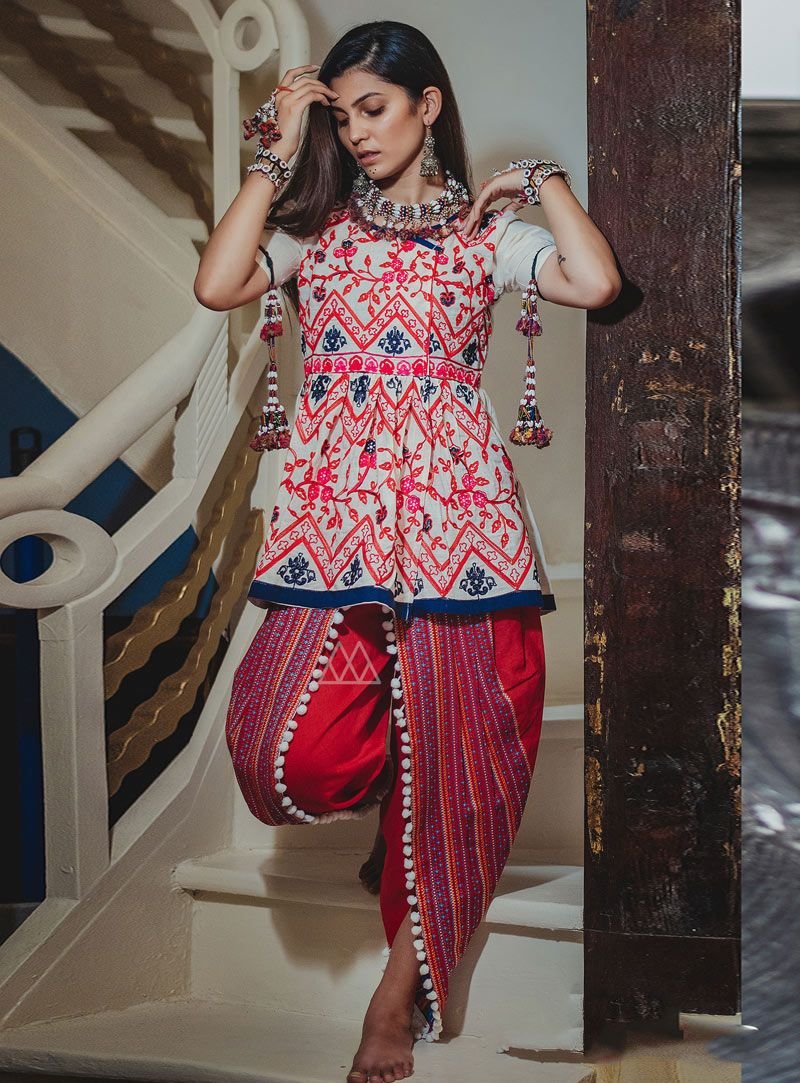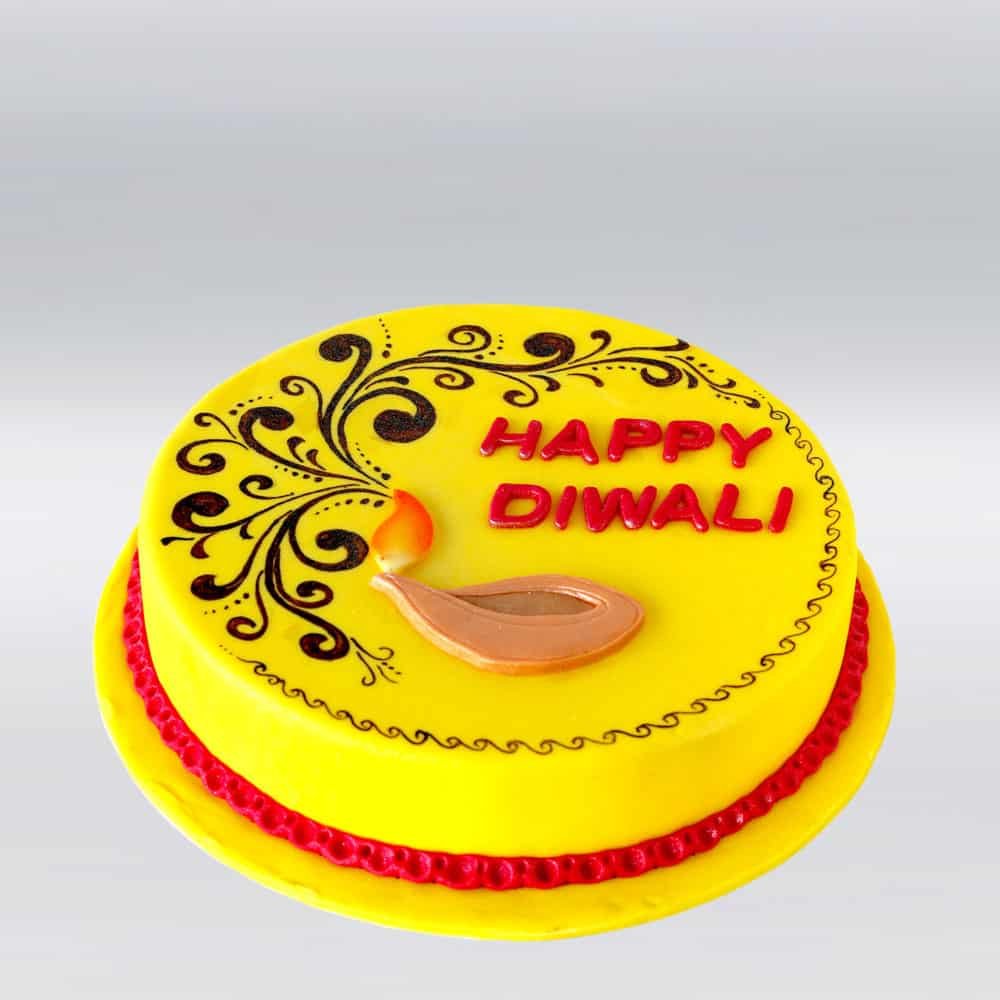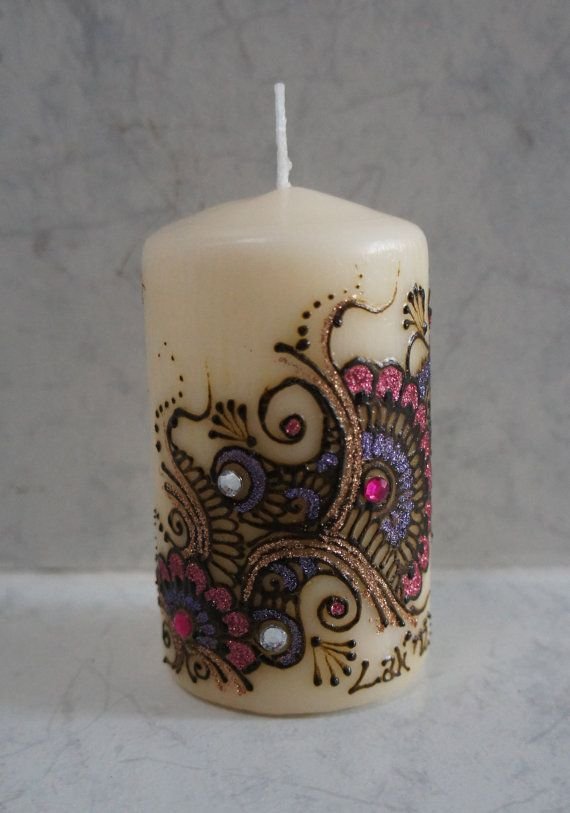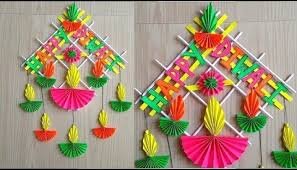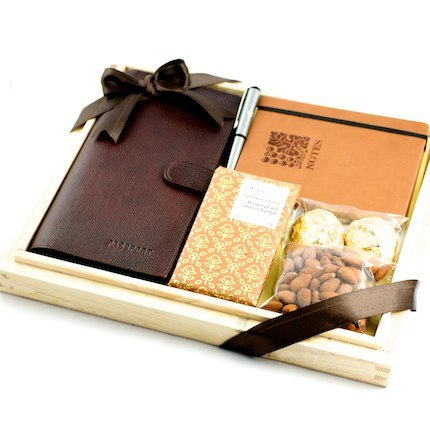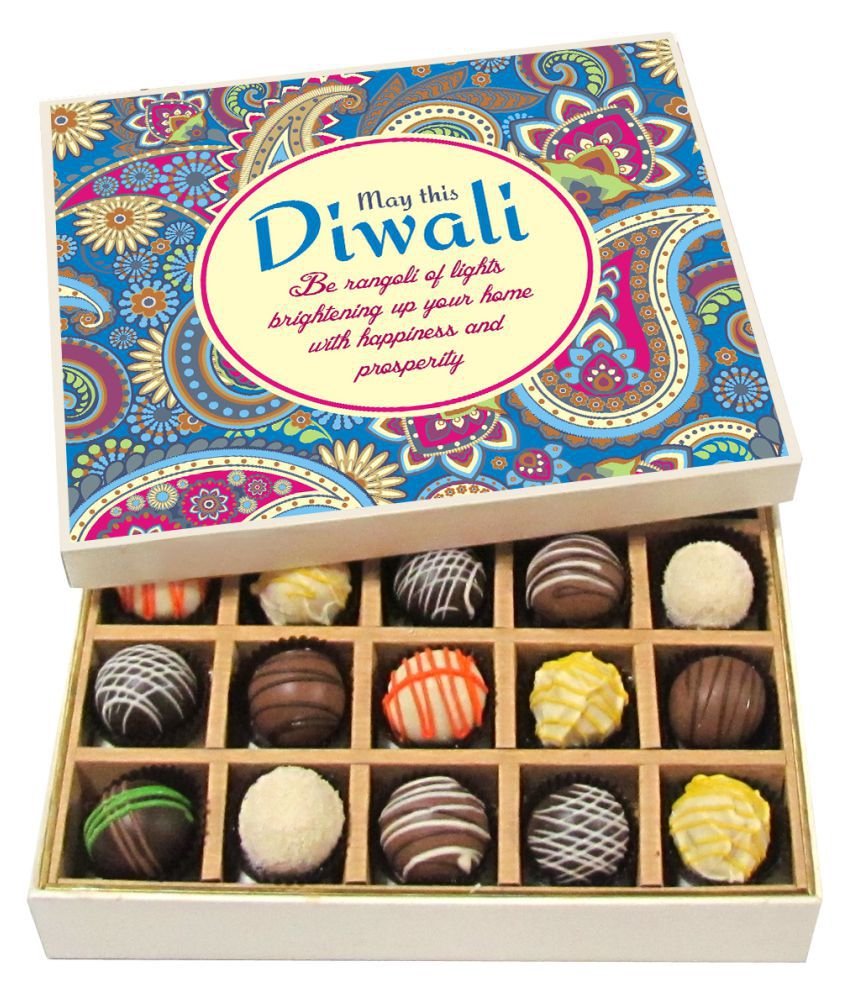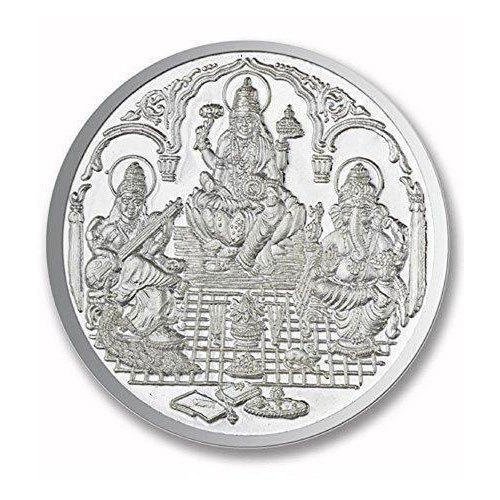The much-awaited festival of light is here. Diwali, also known as Deepawali, is celebrated with great enthusiasm across India as it symbolizes the victory of good over evil. Derived from the Sanskrit word 'Deepawali', which means a line of lights, Diwali has been celebrated since ancient times.
Diwali is celebrated 20 days after Lord Rama killed Ravana (Dussehra) and rescued Sita from captivity in Lanka. The festival marks the return of Lord Rama to Ayodhya after 14 years of exile. The entire city was ornamented to welcome Lord Rama, Sita and Lakshmana and people decorated the city with diyas (clay lamps) to welcome their king.
This five-day festival begins with Dhanteras, which celebrates and welcomes good luck, wealth and prosperity. People buy jewellery and utensils on Dhanteras because any kind of metal is believed to destroy bad luck and usher in wealth and prosperity. After Dhanteras, Chhoti Diwali, Diwali, Govardhan Puja and finally Bhai Dooj signifies the end of this festival.
'Cleanliness is next to God' and no one can explain it better than people celebrating Diwali. Preparations for this grand festival begin much earlier when people clean their homes and offices. Then they decorate their places with flowers, lamps, lights, and rangoli.
Like all other festivals in India, food plays an essential role in Diwali. From delicious sweets, designer cakes or delectable servants, every household is prepared to feed a state worth of rent. Many people also gift sweets, cakes, chocolate to their friends and families to wish them luck and prosperity for the coming days.
The celebration begins with people buying jewellery and utensils on Dhanteras. It is an auspicious occasion to buy any type of metal as it is believed to remove evil and bring prosperity.
The next two days — Chhoti Diwali and Diwali — are the most awaited days of the festival when people enjoy the most. The evening begins after worshipping and worshipping the deities. People then light a lamp and burst firecrackers. The whole atmosphere resonates in the festive tone. On the fourth day, Govardhan Puja is performed and the festival of lights ends with Bhai Dooj, which is similar to Raksha Bandhan as it is a celebration of love between a brother and a sister.
Although it is a tradition to burst firecrackers on Diwali, we should avoid doing it due to increasing air pollution. We should aim to celebrate Diwali in an environmentally friendly manner and respect nature. Instead of bursting firecrackers, we can light diyas, decorate our homes and surroundings with fairy lights and spend a magical evening with friends and family.
Diwali is celebrated 20 days after Lord Rama killed Ravana (Dussehra) and rescued Sita from captivity in Lanka. The festival marks the return of Lord Rama to Ayodhya after 14 years of exile. The entire city was ornamented to welcome Lord Rama, Sita and Lakshmana and people decorated the city with diyas (clay lamps) to welcome their king.
This five-day festival begins with Dhanteras, which celebrates and welcomes good luck, wealth and prosperity. People buy jewellery and utensils on Dhanteras because any kind of metal is believed to destroy bad luck and usher in wealth and prosperity. After Dhanteras, Chhoti Diwali, Diwali, Govardhan Puja and finally Bhai Dooj signifies the end of this festival.
How to celebrate the light festival
'Cleanliness is next to God' and no one can explain it better than people celebrating Diwali. Preparations for this grand festival begin much earlier when people clean their homes and offices. Then they decorate their places with flowers, lamps, lights, and rangoli.Like all other festivals in India, food plays an essential role in Diwali. From delicious sweets, designer cakes or delectable servants, every household is prepared to feed a state worth of rent. Many people also gift sweets, cakes, chocolate to their friends and families to wish them luck and prosperity for the coming days.
The celebration begins with people buying jewellery and utensils on Dhanteras. It is an auspicious occasion to buy any type of metal as it is believed to remove evil and bring prosperity.
The next two days — Chhoti Diwali and Diwali — are the most awaited days of the festival when people enjoy the most. The evening begins after worshipping and worshipping the deities. People then light a lamp and burst firecrackers. The whole atmosphere resonates in the festive tone. On the fourth day, Govardhan Puja is performed and the festival of lights ends with Bhai Dooj, which is similar to Raksha Bandhan as it is a celebration of love between a brother and a sister.
Although it is a tradition to burst firecrackers on Diwali, we should avoid doing it due to increasing air pollution. We should aim to celebrate Diwali in an environmentally friendly manner and respect nature. Instead of bursting firecrackers, we can light diyas, decorate our homes and surroundings with fairy lights and spend a magical evening with friends and family.








